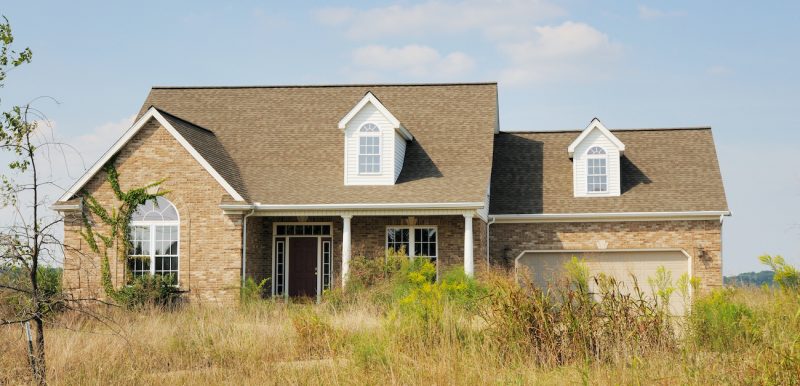“Zombies foreclosures” are re-emerging in real estate. About 1.4 million residential properties in the U.S. were vacant in the second quarter—1.4% of all homes—a new report from ATTOM Data Solutions shows. That represents a nearly 28% increase compared to the first quarter, revealing a potential trend of more vacant, distressed properties hitting the market.
However, zombie foreclosures are still down 13% compared to a year earlier and the percentage of zombie properties remains low in comparison to the nation’s total housing stock.
But the growth in the second quarter has made economists take notice, particularly since it has occurred with a federally imposed moratorium on foreclosures from the pandemic still in place. The moratorium, which has been in place since last March, affects about 70% of home loans in the U.S. and prevents lenders from pursuing delinquent homeowners who have government-backed mortgages. It is set to expire at the end of June.
“The latest numbers show a spike in zombie properties during the second quarter that stands out compared to recent times, especially given the moratorium,” says Todd Teta, chief product officer with ATTOM Data Solutions. “It may simply be due to lenders foreclosing on homes that were already abandoned. We were watching that closely to see what it means and whether it’s the start of a new trend.”
Nevertheless, Teta says that “even with the increase, zombie foreclosures are still just a dot on the housing market radar screen, which is more testimony to how strong the housing market remains. You can still walk around most neighborhoods around the country and literally not find a single empty house going through the takeover process, and that remains very good news for current homeowners, as well as potential homeowners.”
Some of the largest increases in zombie foreclosures from the first quarter to the second quarter of this year occurred in Maryland, Iowa, North Carolina, South Carolina, and Ohio. Overall, New York continued to have the highest number of zombie foreclosures in the second quarter, followed by Ohio and Florida.
“We’ve seen this before—government officials who are trying to prevent unnecessary defaults delay foreclosure proceedings for so long that the distressed borrowers simply abandon the property before the foreclosure takes place,” says Rick Sharga, executive vice president at RealtyTrac, an ATTOM Data Solution company. “There are probably two things behind the increase in zombie foreclosures: First, the fact that most foreclosure starts today are on vacant and abandoned properties; and second, there were also almost 250,000 loans in foreclosure prior to the pandemic and they’ve been in limbo for over 14 months. Very likely that some of the borrowers in those properties have moved on, but lenders have been prohibited from beginning foreclosure proceedings on those loans.”
Among 159 metro areas that ATTOM Data Solutions’ tracked, the highest zombie rates in the second quarter were in:
- Peoria, Ill. (14.2% of properties in the foreclosure process are vacant)
- Wichita, Kan. (14.1%)
- South Bend, Ind. (12%)
- Youngstown, Ohio (11.6%)
- Cleveland, Ohio (11.5%)
Source: ATTOM Data Solutions












